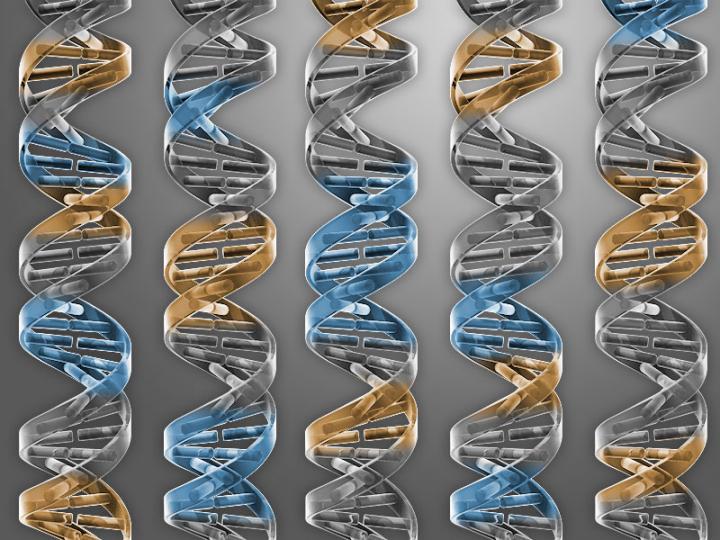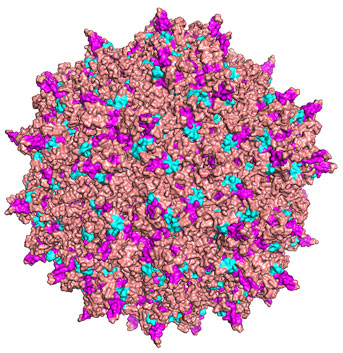
For the first time, scientists have succeeded in editing with the CRISPR-Cas9 tool, a defective gene that causes Lou Gehrig's disease or amyotrophic lateral sclerosis (ALS) in humans. Disabling this gene extends lifespan by 25 percent.
The experiment was performed on genetically engineered mice that expressed a human gene responsible for 20 percent of all inherited forms of Lou Gehrig's disease, along with two percent of all global cases.
ALS is a motor neurone disease that causes the premature death of motor neurons in the brain and spinal cord which are responsible for voluntary actions. This leads to loss of strength in muscles and eventual death when the breathing muscles fail.
Performed at University of California, Berkeley, the experiment was carried out by using a virus engineered to single out motor neurons and to deliver a gene that encodes the Cas9 protein into its nucleus. After this, the gene is translated into the Cas9 protein, which is like a scissor that cuts and disables the disease-causing gene.

This therapy, aimed at delaying the onset of ALS's symptoms, extends the time period in which the patient can lead a normal life. Currently, ALS affects 20,000 Americans annually, between the ages of 40 and 70. There is no cure yet to combat the disease or slow it down.
In the study, the mice treated with the CRISPR-Cas9 tool showed symptoms after a delay of five weeks and lived almost a month longer than the typical life-span of four months.
Thomas Gaj, lead author of the study and a postdoctoral fellow at the university, said that when the mice died, the only motor neurons that survived are the ones that had been edited and contained the Cas9 protein, leading to the possibility that this treatment can prove effective in human beings as well.
Although the scientists clarified that this method cannot cure the disease, it can increase the lifespan of patients. Currently, researchers are working on the possible side-effects of this treatment by trying to create a self-destruct switch for the Cas9 protein.
If they succeed, the Cas9 can be eliminated from the cell after it has done its work so that it does not cause any other modification or trigger an immune reaction.
Not only Lou Gehrig's disease, genetic editing tools like CRISPR can help in curing or slowing down many genetic diseases that are now believed to be incurable. These can be used to edit genome and activate genes without causing any break in the DNA.
Apart from medical applications, gene editing tools have caught the attention of biohackers who use it to edit their DNA and cause modifications in their body. One such biohacker is former NASA scientist Josiah Zayner who used the CRISPR tool to remove myostatin – a muscle growth inhibiting factor – from his DNA. His company THE-ODIN.com makes and sells DIY gene-editing kits. He believes that biohacking can be used as a medium to erase diseases and imperfections from the human body, ultimately giving way to a flawless existence to all.








